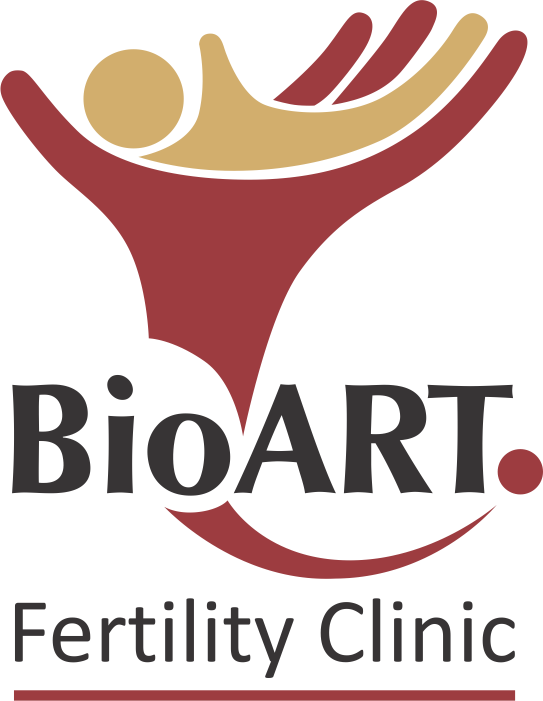Male infertility is present in 35% – 50% of infertile couples. Therefore the Jones Institute since its inception has focused on the development of new diagnostic methods in andrology and on the design of more efficient therapeutic modalities to help these couples achieve their reproductive goals.
Today, moderate and severe cases of male infertility are efficiently treated by the use of assisted reproductive technology (ART). Among these modalities, in vitro fertilization (IVF) and embryo transfer, augmented by intracytoplasmic sperm injection (ICSI), constitute formidable and successful means to achieve viable pregnancies in these groups of patients. ICSI has become a revolutionary alternative that offers a high chance of conception to men presenting with previously intractable or irreversible infertility.
The male partner of all infertile couples must undergo a thorough physical examination followed by repeated semen analyses. The semen analysis should always include a state-of-the-art determination of the basic semen parameters (i.e., sperm concentration, motility, morphology, and viability) as well as an immunological (presence of anti-sperm antibodies) and a microbiological (semen culture) investigation. If needed, more advanced sperm function tests should be performed; for example, valuable information about sperm fertilizing capacity can be obtained through the assessment of sperm – zona pellucida binding (using the hemizona assay), acrosome reaction tests, and other bioassays. Analysis of the percentage of sperm with DNA fragmentation is also available (Tunel assay). Hormonal evaluation and urologic consultation may be indicated in many cases. We have developed a close relationship with our urology colleagues to better understand and treat male infertility. Because of the ICSI “revolution”, many cases can be approached through a combined effort of ART and urologic interventions. A testicular biopsy may be indicated in some cases to determine the potential use of testicular sperm for ICSI.
Get in touchOur andrology staff is highly experienced technicians and co-directed by Sergio Oehninger, MD, PhD, and Mahmood Morshedi, PhD, HCLD, internationally known experts in andrology. We employ the Kruger Strict Criteria approved by the World Health Organization when evaluating semen. The following characteristics are assessed:
- Semen volume – the amount of fluid that makes up the semen
- Sperm count – the number of sperm present in a standard volume. A normal sample contains more than 20 million sperm per millilitre.
- Motility – the percent of sperm moving when the semen is examined under the microscope. Normal is defined as >50% motile.
- Progression – the forward movement of sperm cells
- Viability – the percent of live sperm
- Sperm morphology or shape
- Additional semen contents, such as white blood cells, are an indication of infection. Less than five white blood cells per high power field are considered normal.
In moderate to severe male factor infertility, IVF using the partner’s sperm is the treatment of choice. Recent advances in assisted reproductive technologies, such as intracytoplasmic sperm injection (ICSI), enable men with moderate to severe male factor infertility to father a child.
In ICSI, a single sperm is injected into the egg. The sperm can be obtained from the ejaculate or areas of the male reproductive tract, such as the testes. It is possible for a man with no sperm in his ejaculate to father a child.
Sperm production requires 90 days; an analysis done today reflects the state of “sperm development” three months prior. Unfortunately, in most cases, no scientifically proven medication will significantly increase sperm quantity or quality unless there is a specific organ disease that can be treated. Medications, such as Clomid and FSH, have been tried, but they must be administered for at least three months and are very expensive. Even so, improvement in sperm count is marginal.
Intrauterine insemination (IUI) with specially prepared sperm is often effective in treating mild male infertility. In this procedure, the sperm are obtained by masturbation, then washed, concentrated, and placed in the female’s uterus via a small catheter.
